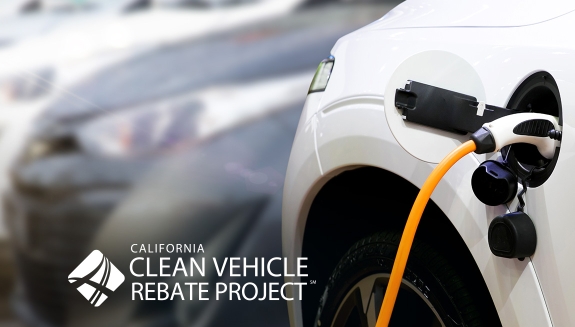California EV Rebate Program Impacts and Consumer Characteristics in 2020

Who used EV rebates in California and what role did rebates play in 2020?
The COVID-19 pandemic decreased demand and disrupted supply for all vehicles across the globe in 2020. In California, electric vehicle (EV) rebate applications declined dramatically and then recovered significantly during 2020. COVID-19 shaped program impacts and caused an anomalous year in several respects.
As part of an annual series of data briefs for the Clean Vehicle Rebate Project, the Center for Sustainable Energy analyzed: 1) the types of consumers who used these rebates, 2) how important incentives (including the federal tax credit) were, 3) which vehicles were replaced, and 4) the price of the EVs purchased.
Dig deeper into the impact of CVRP EV rebates:
Consumer Characteristics – Characterizes EV adopters rebated for 2020 purchases/leases
One finding: 66% of funding went to households with incomes less than $150,000. That nearly matches the 68% of all new-vehicle buyers who are at that income level.
Also, watch the video.
Incentive Influence – Characterizes the influence of state rebates and the federal tax credit on California EV consumers
One finding: Over 80% said the CVRP rebate was important in enabling their EV purchase (lower for Tesla consumers).
Vehicle Replacement – Characterizes vehicles replaced by rebated EVs purchased/leased in 2020
One finding: 86% of rebated EVs replaced another household vehicle, half of which were 6+ years old
MSRP Considerations – Data related to the manufacturer’s suggested retail price (MSRP) of rebated vehicles
One finding: 83% of model year 2020 rebated vehicles were models with minimum MSRPs (base trims) below $40,000 before incentives.

